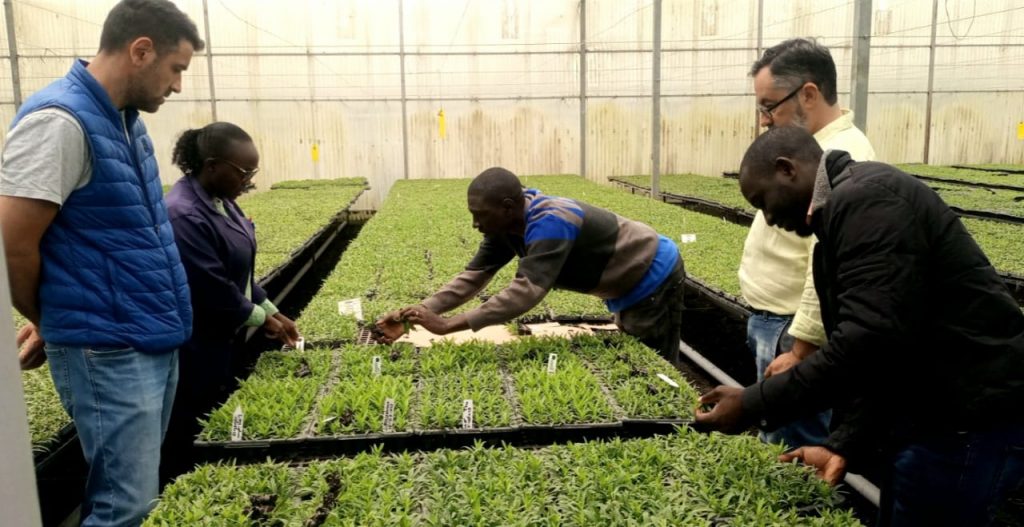An interview with agronomist Stephen Mogonchi on the future of Kenya’s floriculture



Q: Stephen, was floriculture always what you wanted to do?
A: (laughs) Not at all! Back in university, I never thought flowers would define my career. But then came this unexpected internship in Israel’s booming flower industry. That single opportunity changed everything. Since then, my journey has taken me from Kenya to Israel to Türkiye, and I’ve spent the last nine years exploring how flowers are grown, protected, and shipped to global markets.
Q: And today, how do you see the industry here in Kenya?
A: Honestly, we’re at a crossroads. Every day, I see growers trying to balance tradition with innovation. There’s so much promise in technology, but we also face limited resources and policies that aren’t always keeping pace. Kenya’s flowers are world-class, but staying competitive takes real effort.
Q: What’s the toughest part of that effort?
A: Crop protection, hands down. Each year, Europe restricts more pest-control chemicals, which means we have fewer tools to fight the same stubborn insects. The pests don’t disappear; they adapt. What we need is better early detection and predictive models, not just more spraying, whether by drone or by hand.
Q: Speaking of drones, there’s a lot of buzz about technology in farming. Do you buy into the hype?
A: I’d say I’m realistic. Drones, AI monitoring, smart greenhouses, they’re useful. But they can’t replace human expertise. Technology should be our partner, not our boss. Kenya’s greatest strength is still its people: growers who know the soil, the climate, the plants. Start simple; drip irrigation is both affordable and effective—before rushing into expensive drone spraying.

Q: You’ve seen floriculture in other countries. How does Kenya compare?
A: Logistics is our biggest hurdle. In South America, flights for flowers are cheaper. Here, cargo costs are so high they eat into our margins. Add in bureaucratic permits and lab testing delays, and it becomes a real headache. Compare that with Israel, where government-backed infrastructure and training support the farmers. Kenyan farmers are just as capable, but often they lack timely information and consistent training. That’s where government facilitation could really make a difference.
Q: What about compliance with international standards?
A: That’s another moving target. Farms that started with no regulations suddenly had to retrofit greenhouses to meet GlobalG.A.P. or MPS standards, things like concrete floors that are expensive to install. Compliance is important, it protects workers, the environment, and ensures sustainability, but it can also push out smaller farms that don’t have the money to keep up.
Q: Given all these challenges, are you still optimistic about Kenya’s floriculture?
A: Definitely. Kenya has everything going for it: skilled workers, a great climate, and a solid reputation. Plus, new markets are opening up beyond Europe. But optimism alone won’t carry us forward. The government needs to step up; harmonize systems, cut down cargo costs, and make labs and training more accessible.
Q: So, if you had to sum it up, what does the future depend on?
A: It comes down to balance: adaptable growers, supportive technology, and enabling policies. That’s the triangle that holds everything together. If we get it right, Kenya will not just stay competitive, it will lead. The real question isn’t can Kenya compete? It’s whether we’ll build the systems to let this industry bloom to its full potential.
